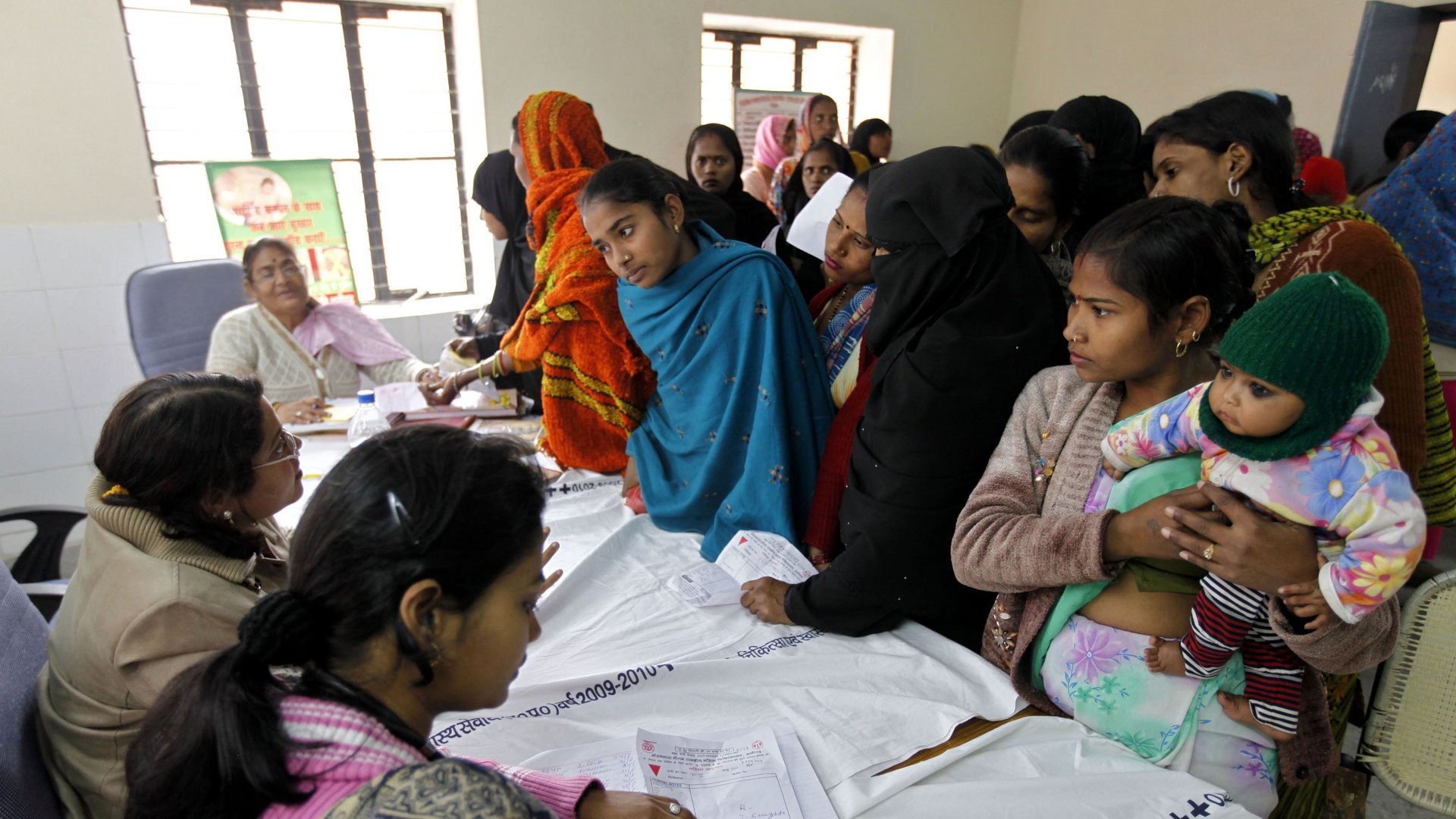The world’s biggest sterilizer of women isn’t China—it’s India
When it comes to coercive sterilization, most people think of China. But India sterilizes 4.6 million women each year—37% of sterilizations that take place globally, as Bloomberg reports. Here’s how India stacks up, as captured by this Bloomberg graphic:


When it comes to coercive sterilization, most people think of China. But India sterilizes 4.6 million women each year—37% of sterilizations that take place globally, as Bloomberg reports. Here’s how India stacks up, as captured by this Bloomberg graphic:

Even though the central government officially abandoned contraceptive targets, including sterilization, in 2000, states still hold health workers to these under threat of salary cuts or firings, says Human Rights Watch. It reports that in Madhya Pradesh, one gynecologist was performing 250-300 sterilizations a day. In another camp, the surgeon continued to carry on sterilizing patients after he ran out of anesthetic, reports Bloomberg.
It’s barbaric, but not unprecedented. From 1975 to 1977, Indira Gandhi instituted “the Emergency,” which required sterilization of fathers of two or more children. The government has continued to struggle with high birth rates; it produces 18 million new Indians each year—with a population of 1.2 billion. By 2021, India will blow past China as the planet’s most populous (pdf) country. That explosive population growth strains resources and the government’s ability to provide public services.
The government’s latest strategy is to focus on sterilizing women, rather than men. In poorer provinces like Bihar or Gujarat (pdf), women still give birth to many more children than the Indian government’s target of two. State governments encourage women with two or more children to undergo sterilization in what are called “sterilization camps”—makeshift village clinics that often have filthy conditions.
It’s cheaper and easier for the government to “incentivize” poor young women who lack education to get their tubes tied than it is to educate them and finance birth control. Here’s a look via the UN at how India stacks up with other countries in terms of contraceptive use (pdf):

Most of these sterilizations aren’t “forced” in the sense of being against a woman’s will. But the lack of information given by health workers and the “incentives” offered to women who undergo surgery make the practice coercive. The government of Madhya Pradesh actually offered Tata Nano cars to those who agreed to sterilization (pdf, p.13). And as HRW reports, health care workers often offer misleading information to encourage women to submit to surgery.
Those are the carrots. And here’s the stick: the Economist reports that people who have more than two children are barred from running for public office in some larger states. Other states also deny government services to people resisting sterilization, according to local NGOs.